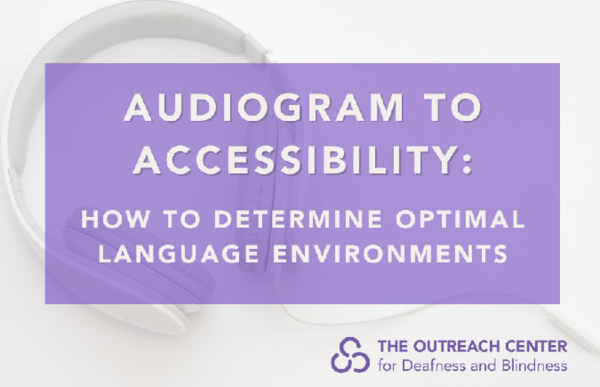Overview

Learn more about how to use the information from an audiogram to set up the learning environment for optimal language access and full participation at school, at home, and in the community. This is part two of our series on the audiogram. For part one, see The Audiogram: An Introduction.
Estimated Time to Complete: 1 hour
Learning Objectives:
- Explain two specific needs that can be gleaned from a learner's audiogram.
- Name two ways information from the audiogram can be used to inform access in the classroom.
- Describe two characteristics of an optimal visual language environment.
- Describe two characteristics of an optimal auditory language environment
Presenter:
- Christy Barr, M.Ed., BCBA, Teacher of the Deaf and Board Certified Behavior Analyst. Christy has been in the field of Special Education for 20 years. Presently she is with the Montgomery County ESC "Deaf Plus” preschool classroom integrating strategies from the field of Special Education and Deaf Education. She has served as a Teacher Mentor for students with Shawnee State University DHH program the past 3 years. She is also a board member of the non-profit organization Deaf Education Ohio.
Various organizations have approved modules and webinars in the Learning Hub for continuing education credit.